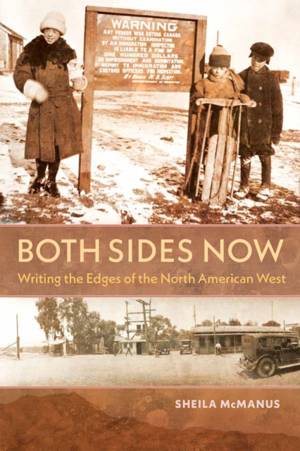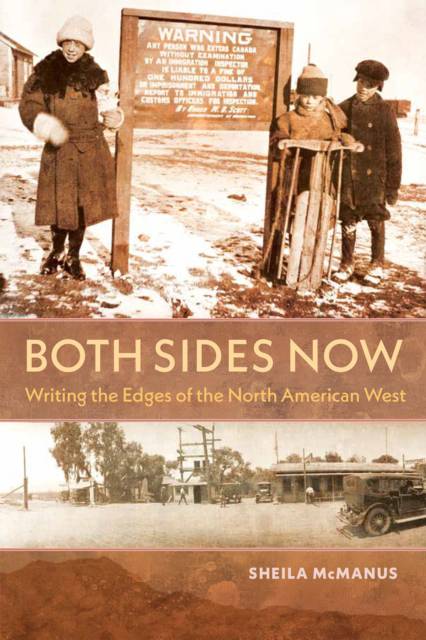
- Retrait gratuit dans votre magasin Club
- 7.000.000 titres dans notre catalogue
- Payer en toute sécurité
- Toujours un magasin près de chez vous
- Retrait gratuit dans votre magasin Club
- 7.000.000 titres dans notre catalogue
- Payer en toute sécurité
- Toujours un magasin près de chez vous
Description
How do borderlands work? How do they maintain their distinctive features in the face of concerted efforts on the part of nation-states to make each of their borderlines into a harsh demarcation? According to most contemporary political discourse and popular perceptions, the two borders of the United States West have little in common but understanding their borderlands' similarities can help us understand some of the most powerful forces shaping human history and the world around us; understanding their historiographies gives us insight into borderlands historians' unique methodology.
Both Sides Now: Writing the Edges of the North American West brings together leading scholarship in a focused, synthetic survey of five themes in the history of the northern and southern borderlands: the borderlands as aboriginal homelands and the persistence of Indigenous territories and ways of being; imperial and national efforts to create binary notions of territory and identity; regulatory efforts aimed at stopping or limiting the movement of certain people across their borders; the weakening of those efforts by cross-border movement of capital, goods, and people, usually aided by state power, and the complex, binary-refusing identities that persist in borderlands communities.
Historian Sheila McManus uses these themes to highlight the commonalities between the two borderlands' histories and provides an overview and a starting point for experts and newcomers in the field of North American borderlands history to address new questions. By conceptualizing both borders together and focusing particular attention on race and gender as well as empire and nation, Both Sides Now provides a unique methodology in North American scholarship that emphasizes the connections between these borderlands and others around the world.
Spécifications
Parties prenantes
- Auteur(s) :
- Editeur:
Contenu
- Nombre de pages :
- 224
- Langue:
- Anglais
- Collection :
Caractéristiques
- EAN:
- 9781623499990
- Date de parution :
- 14-03-22
- Format:
- Livre relié
- Format numérique:
- Genaaid
- Dimensions :
- 157 mm x 231 mm
- Poids :
- 439 g







